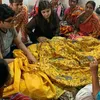Symbols, strokes, stories: how these Chitra Santhe artists explore passion and commercial success
It’s never too late to explore your creative side and find success through art, as these three artists explain in this photo essay.
Launched in 2014, PhotoSparks is a weekly feature from , with photographs that celebrate the spirit of creativity and innovation. In the earlier 515 posts, we featured an art festival, cartoon gallery, world music festival, telecom expo, millets fair, climate change expo, wildlife conference, startup festival, Diwali rangoli, and jazz festival.
In this photo essay series, we profile artworks and creative insights from the participating artists at 2021. See our earlier seven-part coverage here.
Hosted by Karnataka Chitrakala Parishath in Bengaluru, the 18th edition of the annual art festival is being held virtually this year due to the pandemic. The online exhibition has been extended by one month till March 3. The festival website provides artwork prices and contact information of over 1,000 artists from India and overseas.
See also YourStory’s coverage of six earlier editions of Chitra Santhe: 2020, 2019, 2018, 2017, 2016 and 2015, as well as compilations of Top Quotes of 2020 on Art in the Era of the Pandemic, Indian Art, Art Appreciation and Practice, and Beauty and Business of Art.
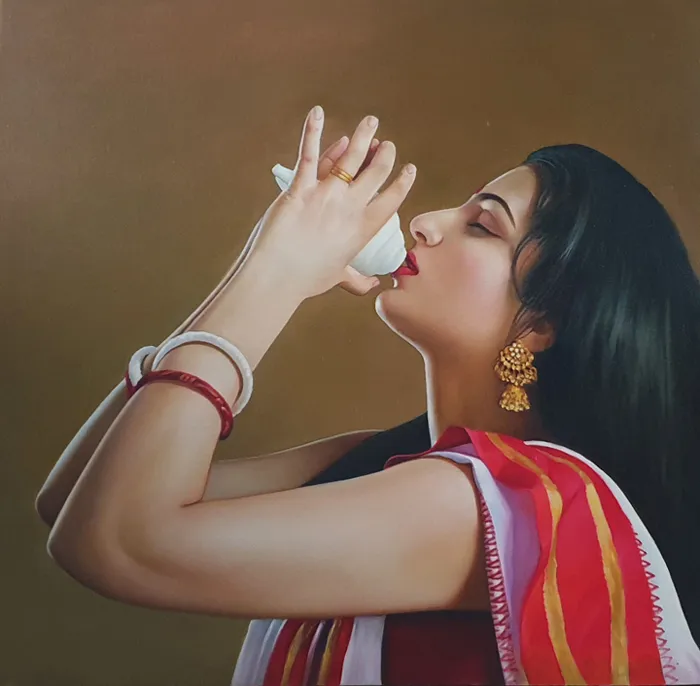
Artist: Damayanthi Bedrala
Anusha Adabala
“I’m quite a late bloomer in art space and figured out that I could paint a little over two years ago. What started as a hobby quickly accelerated into a passion,” explains Bengaluru-based artist Anusha Adabala, in a chat with YourStory.
“Art felt like several things – sometimes like discovering more of myself, sometimes like facing internal chaos. Art felt like poetry, finding an imaginary friend, muse, or a lover on canvas while the colours coalesced, and demanded more of my attention and time,” she evocatively describes.
“The colours speak, as I paint. Every painting becomes a micro-story, evoking different emotions. Sometimes I regret finding art so late. But then, I’m here at least now,” Anusha proudly says.
She aspires to see her art travel to countries evoking emotions, tranquility, and admiration. “I want to connect to people with colours and strokes. And when they see my painting closer, touch those textures, I want to hold their gaze for longer. I want them to smile. Be surprised, even. To come back to me, for more art,” she enthuses.
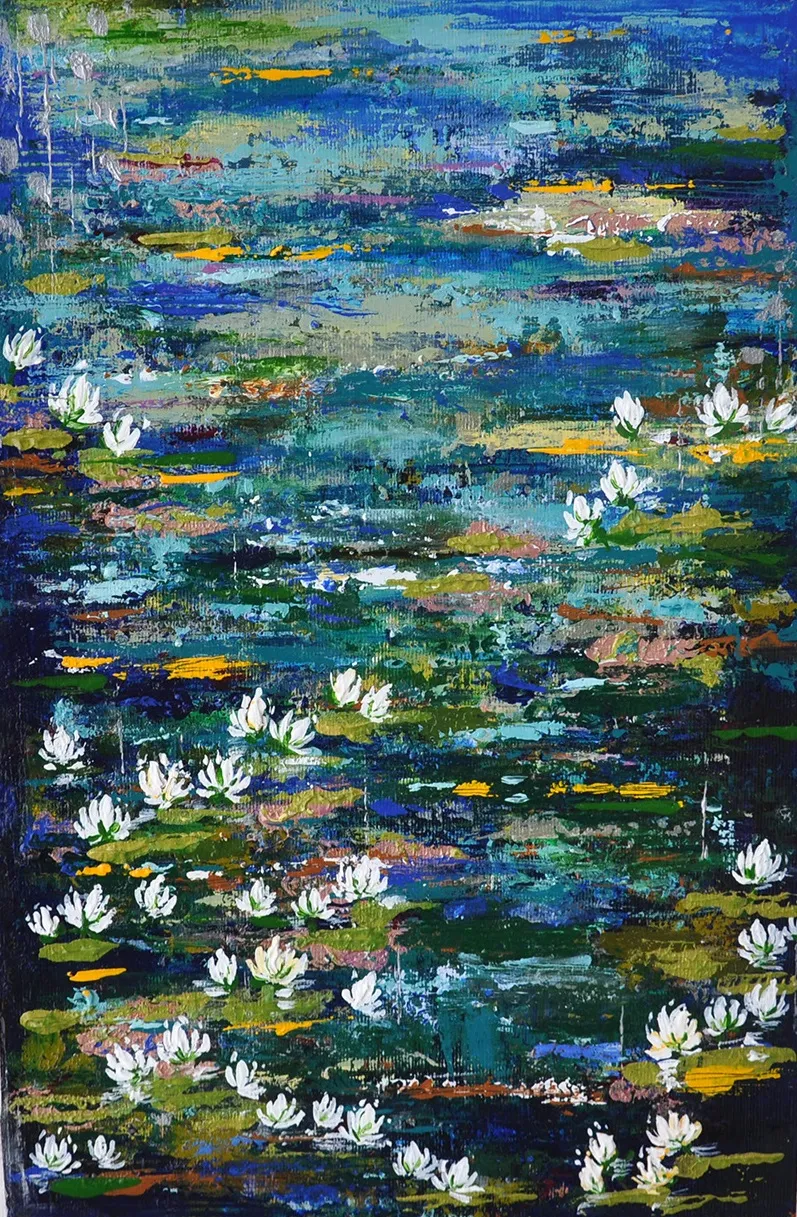
Artist: Anusha Adabala
Along the way, she sees commercial success as a help to sustain and indulge in the art space for longer in life. Chitra Santhe is her first exhibition.
Anusha calls for more appreciation for art in society through displays in cafes, cinemas, stations and “in-between” places, not just in galleries and museums.
“Art should be displayed in common places, where the busy crowds get to see the subject and experience a poetic, yet emotional impact even though for a brief moment,” she suggests.
Her work is primarily defined by textures, palette knives, and bold brush strokes with some abstraction. “At the same time, my style is meticulous and very detailed-oriented,” Anusha adds. Her artworks are priced from Rs 1,500 to Rs 45,000.
Her lotus paintings have abstract impressionist styles, while the mountains are in an impasto technique. Other works have used dripping paint technique and mixed media.
“The swallowtail butterfly features what I call a ‘destructive technique’ since I have to destroy a perfectly-painted butterfly with a bold brushstroke that might ruin the whole painting. But that’s a risk I like to take,” Anusha carefully explains.
The pandemic period was a time of worry and isolation. Yet, she says she was grateful for being able to work from her home studio in the company of loved ones.
“The very fact of life’s unpredictability gave me the courage to explore and experiment with art, and evolve more boldly,” Anusha says.
Art in the pandemic era challenged her as if it were her last day on earth. “Over the last few months, my strokes got bolder, the canvases bigger, and colour mixing, unpredictable and more beautiful,” she describes.
She found the online exhibition easy to explore at leisure while also being accessible to a broader audience. “But I miss the energy at the physical exhibition. I miss interacting with the audience, to catch the glimpse of their first impressions and expressions,” Anusha laments.
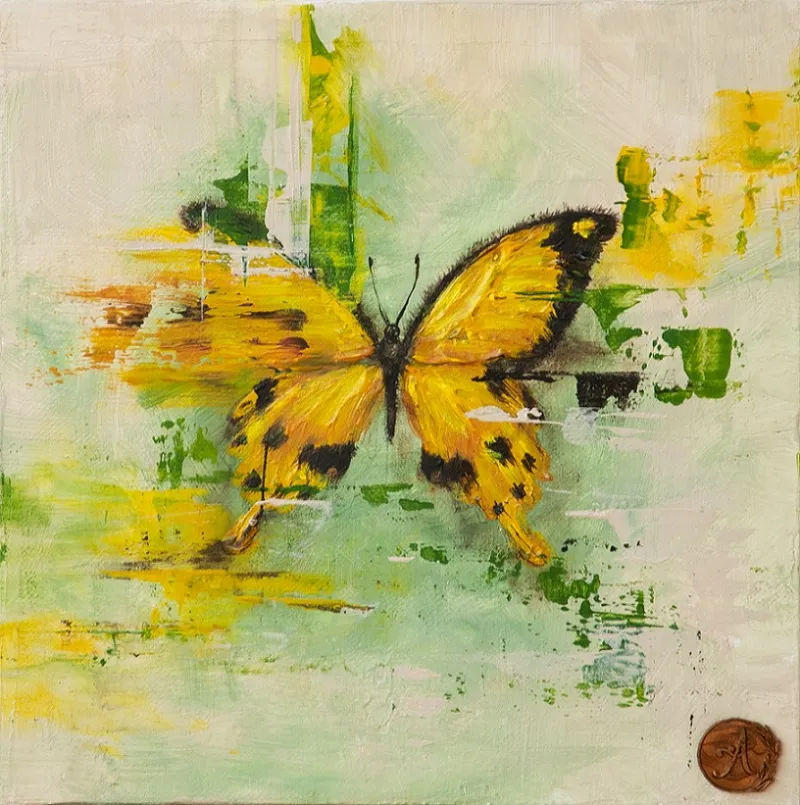
Artist: Anusha Adabala
“I miss interacting with other artists, to admire their artworks, and discuss anything under the earth, even the earth. Maybe I would have sold more of my own artworks, stumbled upon some inspiring works and techniques of other artists. Maybe I’d have supported my own breed, and bought some new art for myself, and made a few new friends,” she wonders.
Anusha also offers tips for aspiring artists. “Just create. Don’t judge. Go with the flow. Invest in good quality art supplies, especially the pigments and the paper, because these too would make a difference in the final artwork,” she suggests.
“Experiment. Have the guts to face failures. Even if you pick references, be your own self. And never stop creating until you find yourself,” Anusha urges.
Devika Vinodh
“All of us experience the world in our minds, and art is the medium through which we express our perceptions of the world. Art, quite literally, is the window to your soul,” Devika Vinodh explains.
“The one thing we all crave in life is meaning and purpose. The more time we spend in pursuits that give us meaning, the more joyful we are, and that joy translates to all aspects of life. Any other material success is just icing on the cake,” she says, showing that the very pursuit of a passion like art is itself a form of success.
Devika calls for art to be made more accessible and mainstream in India. “In the West, there are many more physical and digital outlets for artists and patrons to interact. Art attracts tourism dollars as well, leading to a virtuous symbiosis,” she observes. She regards India as still being at the tip of the iceberg’ stage.
For Chitra Santhe, Devika created artworks reflecting the rich history of Karnataka, such as a painting of the Hampi chariot. Her artworks are priced from Rs 5,000 to Rs 30,000.
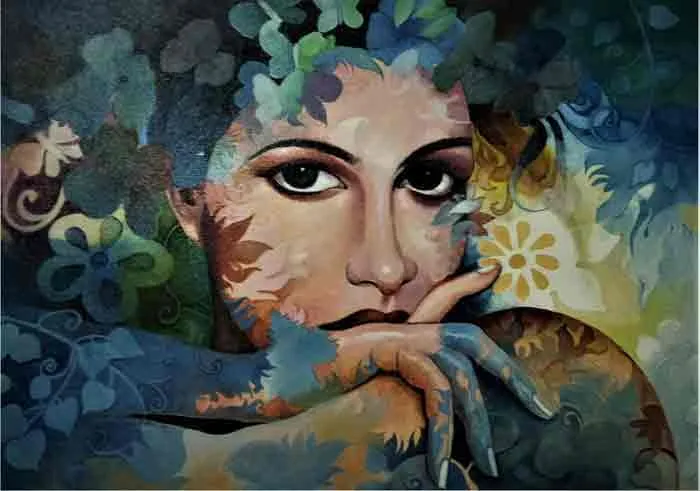
Artist: Devika Vinodh
The pandemic decreased her free time for art, as a homemaker with two teenage children. “I try and tune out from the media frenzy about the pandemic, I keep myself informed of good advice from reputed medical experts. I try to spend the available free time on productive pursuits such as fitness, gardening, meditation, and painting,” Devika explains.
Having the exhibition online simplified logistics and increased reach. “However, the online medium lacks the richness of the instantaneous feedback that we cherish from patrons. Therefore, we actually need more of both platforms to encourage the artists,” Devika recommends. She also advises aspiring artists to keep experimenting and trust their instinct.
Anita Hasurkar
“Art in any form is a wonderful platform to express one's emotions. It gives joy and lifts one's mood,” Anita Hasurkar describes.
“I am achieving my goals if I am able to bring a smile to people's faces. If my painting is able to cheer up a person, that would be my success,” she adds.
Anita calls for more art exposure and accessibility through exhibitions and galleries. “Art in any form is best appreciated when it becomes the culture of a nation,” she says.
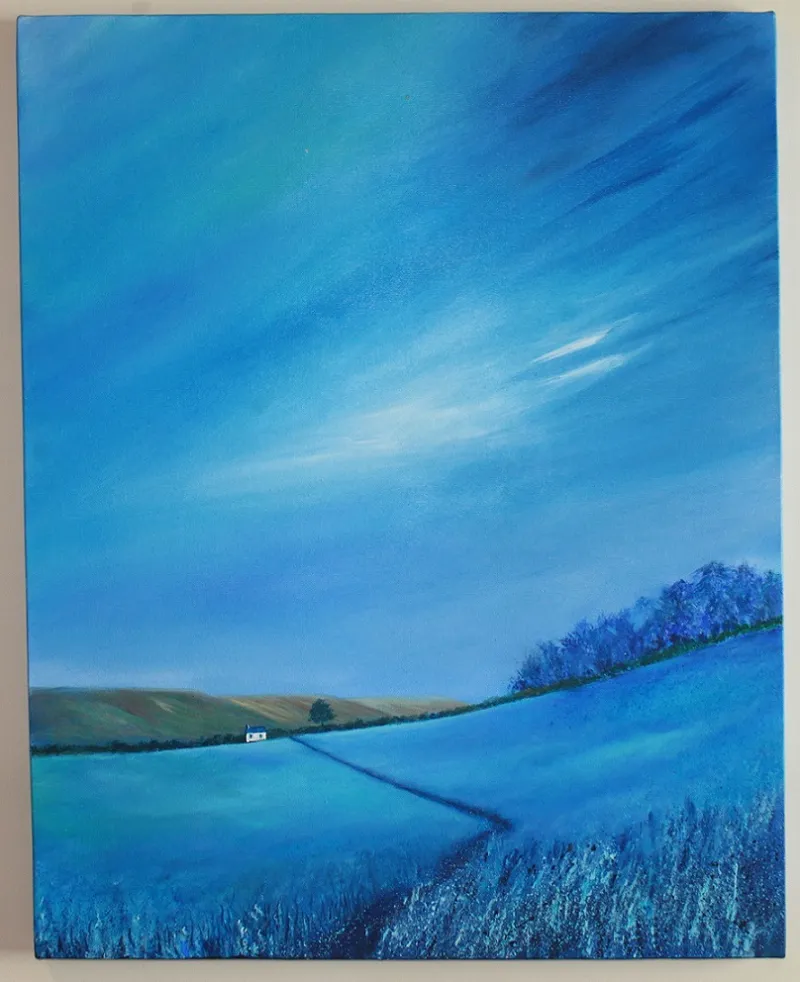
Artist: Anita Hasurkar
For Chitra Santhe, she worked on different moods in blue in seascapes. “I used the lockdown period to work on bright and cheerful paintings. It kept me meaningfully occupied,” Anita explains.
“An online exhibition gives a very wide reach, which is always welcome. However, the one-on-one interaction with other artists and buyers is something one misses out on,” she laments.
“Paint that which gives you joy, only then will you be able to reach out to give happiness to others,” Anita signs off, as advice to aspiring artists.
Now, what have you done today to pause in your busy schedule and find new avenues to harness your creative core?
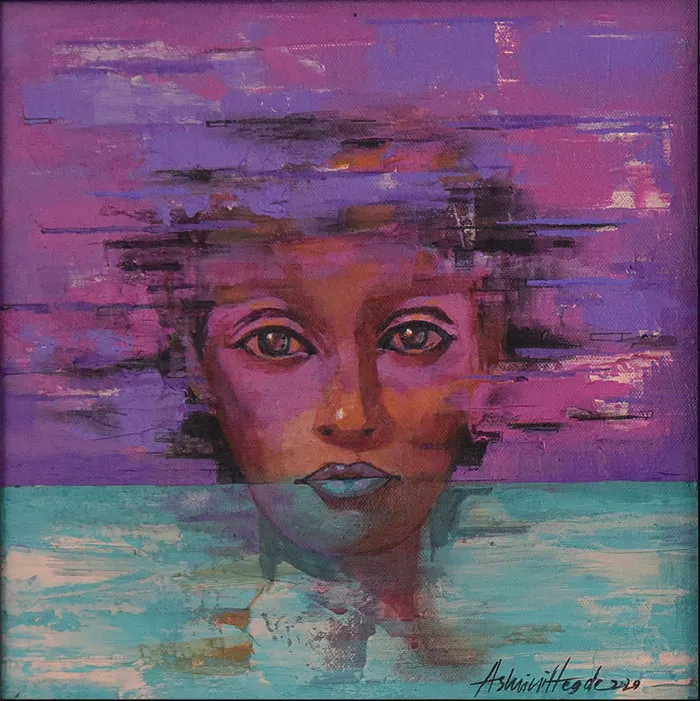
Artist: Aswini Hegde

Artist: Dev Chooramun
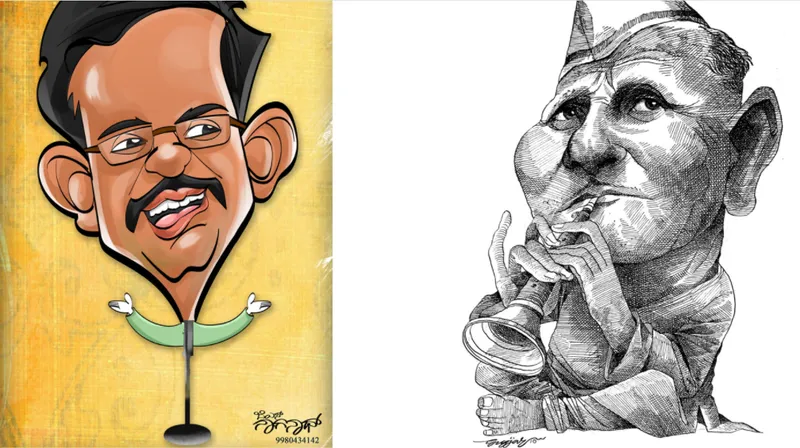
Artist: Karnataka Cartoonists Association
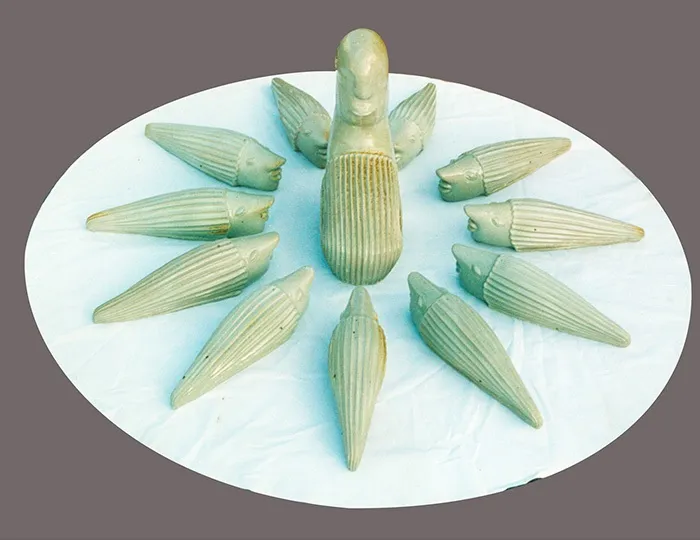
Artist: Gopal Kammar

Artist: Charly Lesquelin
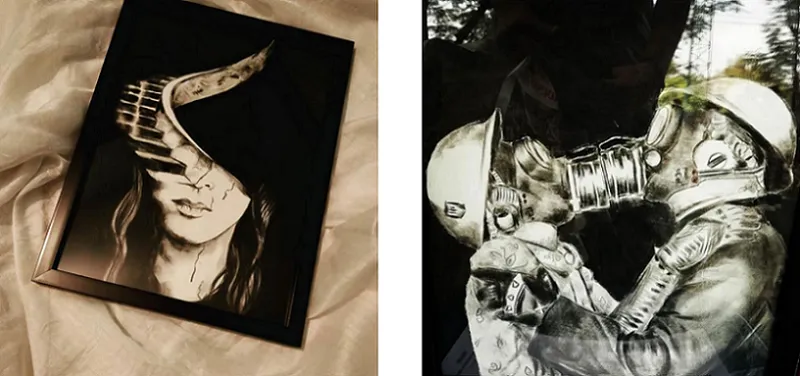
Artist: Dimple M
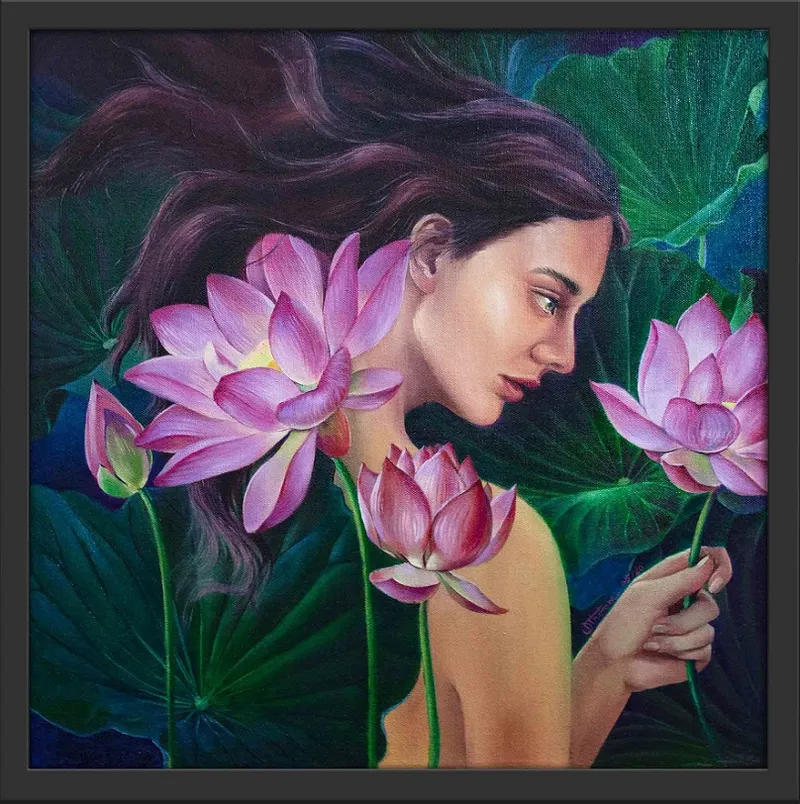
Artist: Dipti Madhukar Thakare
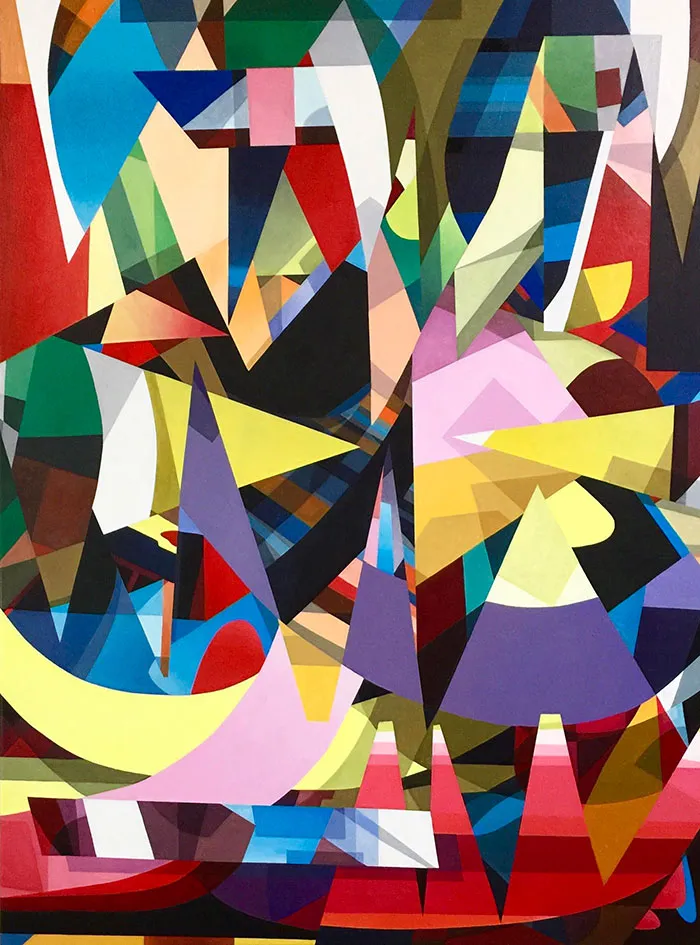
Artist: Don Ray Mcklnney
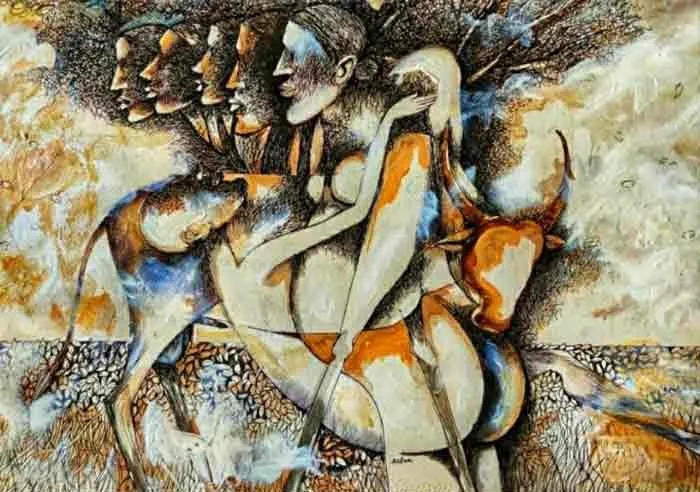
Artist: Ashok Kalashetty
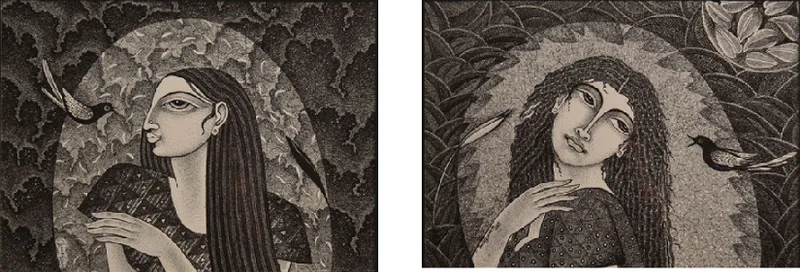
Artist: Umesh Hiremath

Artist: C Kumaresan
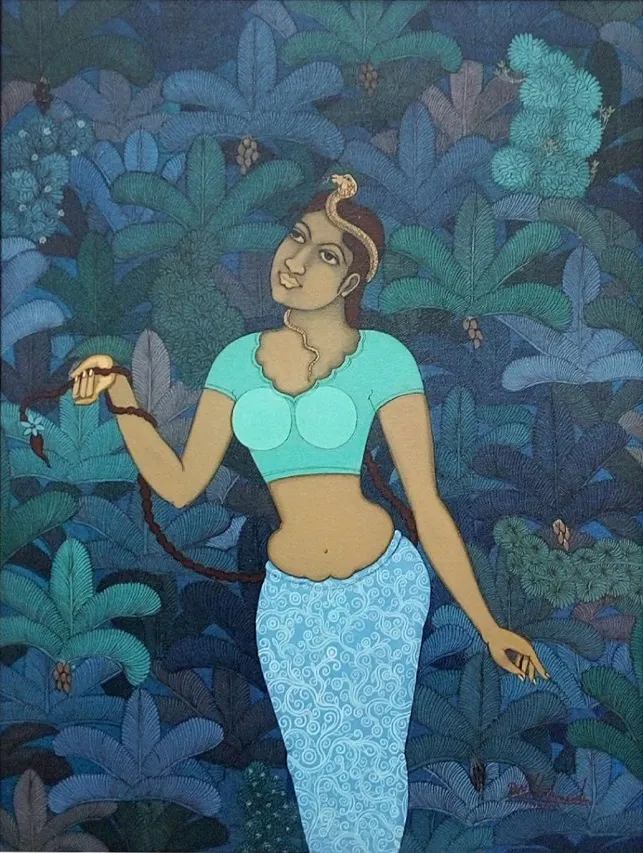
Artist: BN Hariprasad
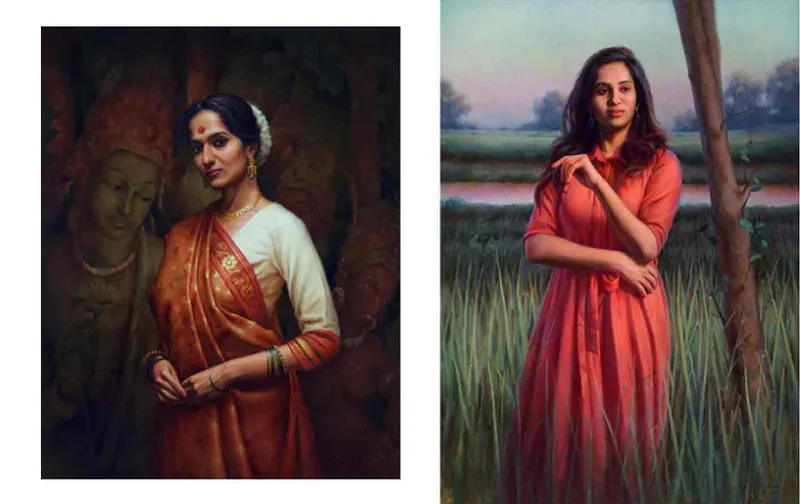
Artist: Siddharth Gavade

Artist: Anna Krzemińska
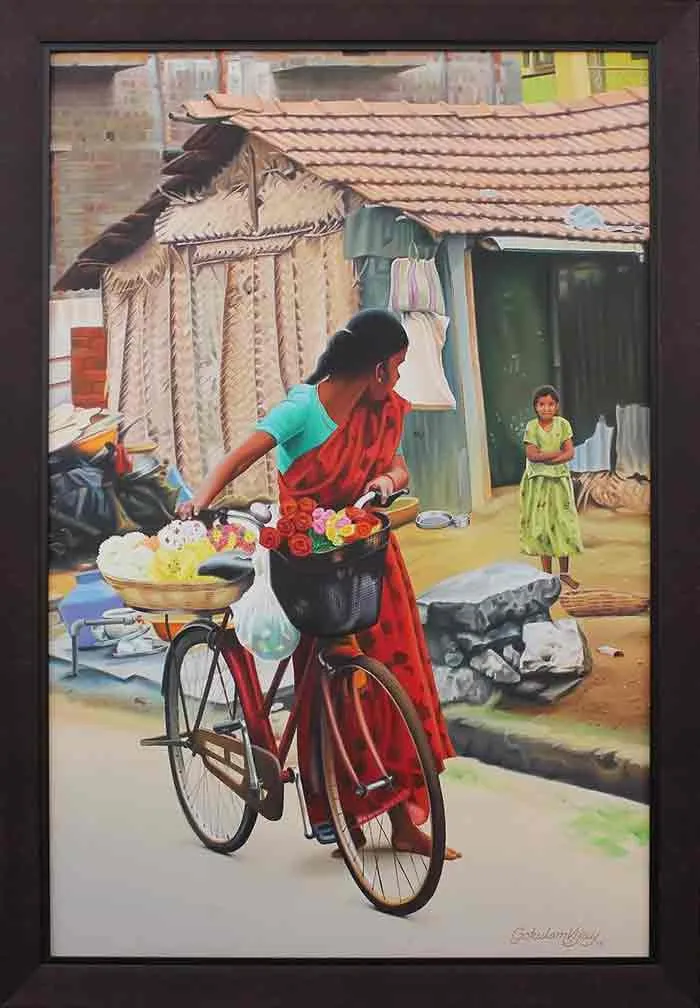
Artist: Gokulam Vijay
See also the YourStory pocketbook ‘Proverbs and Quotes for Entrepreneurs: A World of Inspiration for Startups,’ accessible as apps for Apple and Android devices.
Edited by Megha Reddy




